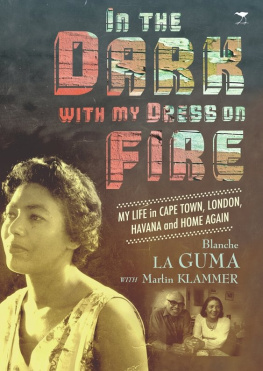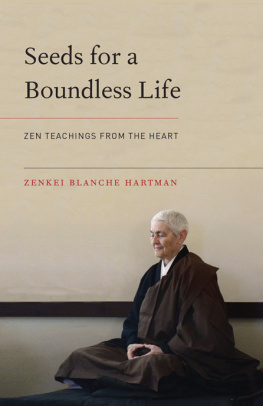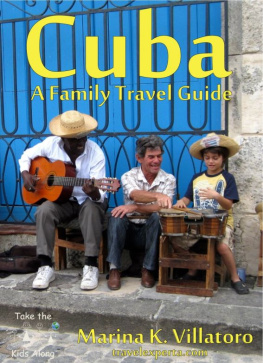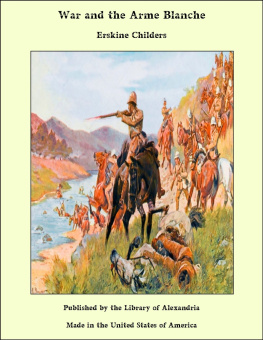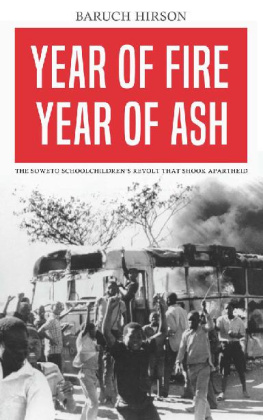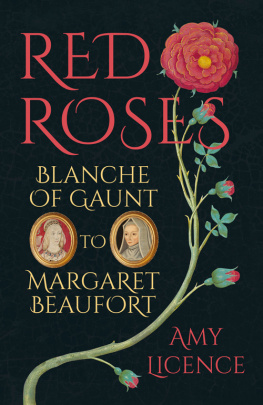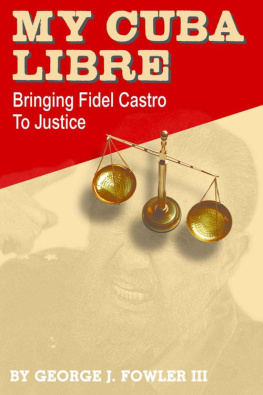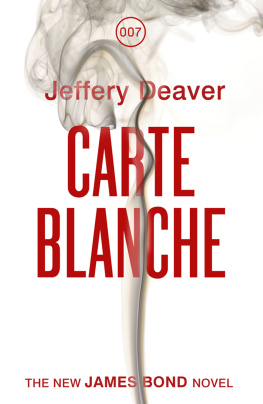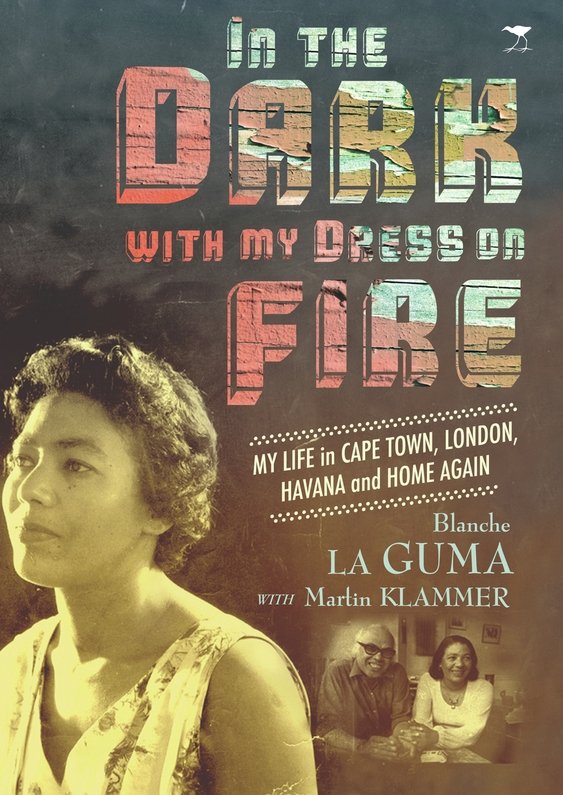Bibliography
T he editor is indebted to the following sources for information included in the footnotes.
For the history of Cape Town, including the First and Second World Wars, cultural organisations, the development of apartheid, and political resistance: Cape Town in the Twentieth Century: An Illustrated Social History by Vivian Bickford-Smith, Elizabeth van Heyningen and Nigel Worden (Cape Town, David Philip, 1999). Also helpful was Andr Odendaal and Roger Fields Introduction to Liberation Chabalala: The World of Alex La Guma (Bellville: Mayibuye Books, 1993).
For the history and culture of the coloured community in Cape Town: M. Adhikari, Not White Enough, Not Black Enough: Racial Identity in the South African Coloured Community (Athens, Ohio: Ohio University Press and Cape Town: Double Storey Books, 2005); Leopold Bloom, The Coloured People of South Africa, Phylon 28, 2 (1967), 139 150; Keith Buchanan and N. Hurwitz, The Coloured Community in the Union of South Africa, Geographical Review 40, 3 (July 1950), 397 414; Abe Desmore, The Cape Coloured People To-Day: An Address Delivered to the League of Coloured Peoples, London, Journal of the Royal African Society 36, 144 (1937), 347 356; Grant Farred, Midfielders Moment: Coloured Literature and Culture in Contemporary South Africa (Boulder, Colorado: Westview Press, 2000); Hermann Giliomee, The Non-Racial Franchise and Afrikaner and Coloured Identities, 1910 1994, African Affairs 94, 375 (April 1995), 199 225; and J. Gunther Stuhardt and Sydney V. le Grange, Coloured Folk of South Africa, Phylon 1, 3 (1940), 203 213.
For the war years Louis Grundlinghs essays were especially helpful: The Role of Black South African Soldiers during the Second World War: A Contested Contribution, Historia 44, 2 (1999), 345 364; and Prejudices, Promises, and Poverty: The Experiences of Discharged and Demobilized Black South African Soldiers after the Second World War, South African Historical Journal 26 (1992), 116 135.
For histories of political resistance in the twentieth century: Jack Simons and Ray Simons, Class and Colour in South Africa: 1850 1950 (Cambridge, MA; International Defence and Aid Fund, 1983); Tom Lodge, Black Politics in South Africa since 1945 (New York: Longman, 1983), and Nancy Clark and William H. Worger, South Africa: The Rise and Fall of Apartheid (Harlow: Pearson Longman, 2004). Also consulted were Robert Ross, A Concise History of South Africa (Cambridge, U.K.: Cambridge University Press, 1999) and Leonard Thompson, A History of South Africa (New Haven, Conn.: Yale University Press, 1990).
Especially valuable for its articles on political resistance in the 1960s was The Road to Democracy in South Africa, Volume 1 (1960 1970), (Cape Town: Zebra Press, 2004 (South African Democracy Education Trust)). Individual essays used in this anthology were: Madeleine Fullard, State Repression in the 1960s, pp. 341 390; Martin Legassick and Chris Saunders, Aboveground Activity in the 1960s, pp. 661 689; Robin Kayser and M. Adhikari, Land and Liberty!: The African Peoples Democratic Union of Southern Africa during the 1960s, pp. 319 339; Bernard Magubane et al., The Turn to Armed Struggle, pp. 53 145; and Nhlanhla Ndebele and Noor Nieftagodien, The Morogoro Conference: A Moment of Self-reflection, pp. 573 599.
Nelson Mandelas Long Walk to Freedom (Boston: Little, Brown, 1994) was useful for political background as were the following autobiographies and biographies: Stephen Clingman, Bram Fischer: Afrikaner Revolutionary (Cape Town: David Philip, 1998); Ruth First, 117 Days: An Account of Confinement and Interrogation under the SouthAfrican Ninety-Day Detention Law (London: Bloomsbury, 1988); Sadie Forman and Andr Odendaal (eds.), Lionel Forman: A Trumpet from the Housetops (Cape Town: David Philip, 1992); Ahmed Kathrada, Memoirs (Cape Town: Zebra Press, 2004); Luthuli: Speeches of Chief Albert John Luthuli , compiled by E.S. Reddy (Durban: Madiba Publishers, and Bellville: UWC Historical and Cultural Centre, 1991); Ismail Meer, A Fortunate Man (Cape Town: Zebra Press, 2002); Elinor Sisulu, Walter and Albertina Sisulu: In Our Lifetime (2nd edn) (Cape Town: David Philip, 2003); and Walter Sisulu (in conversation with George M. Houser and Herbert Shore), I Will Go Singing: Walter Sisulu Speaks of his Life and the Struggle for Freedom in South Africa (Robben Island Museum, n.d.). Biographical information on ANC activists was also found on two websites: www.sahistory.org.za and www.anc.org.za . Wikipedia also served as a source for biographies.
For the activities of the Special Branch in its surveillance, interrogation, and torture of individuals: Truth and Reconciliation Commission of South Africa Report , volumes 2 4, especially volume 3 (London: Macmillan, 1999).
Specific works on the South African Communist Party were Stephen Ellis and Tsepo Sechaba, Comrades against Apartheid: The ANC and the South African Communist Party in Exile (London: James Currey, 1992); Dominic Fortescue, The Communist Party of South Africa and the African Working Class in the 1940s, International Journal of African Historical Studies 24, 3 (1991), 481 512; and Eddy Maloka, The South African Communist Party in Exile, 1963 1990 (Pretoria: Africa Institute of South Africa, 2002).
For the history and politics of nursing in South Africa: Blanche La Gumas own essays (A Child Is Born, New Age , 2 August 1956; Nursing Apartheid Will Ruin a Noble Profession, New Age 20 June 1957, p. 6; and Nursing by Pigment, Nursing News , July 1957, pp. 32 33); and Shula Marks, Divided Sisterhood: Race, Class, and Gender in theSouth African Nursing Profession (Basildon: Palgrave Macmillan, 1994). Also consulted was Alma Grobbelaar, South Africa Experiments with the Basic Collegiate Program, American Journal of Nursing , 58, 10 (October 1958), 1401 1402. Infant mortality rates were available in Harry T. Phillips, An Inter-Racial Study in Social Conditions and Infant Mortality in Cape Town, Milbank Memorial Fund Quarterly 35, 1 (January 1957), 7 28.
For the London years (1966 1978), the most useful work on IDAF (International Defence and Aide) was Denis Herbstein, White Lies: Canon Collins and the Secret War against Apartheid (Pretoria: Human Sciences Research Council, 2005). Also helpful was the Canon Collins Trust website: www.canoncollins.org.uk/about/aboutHistoryIDAF.shtml . The 1971 spy scandal between the Soviet Union and Great Britain was recorded by the New York Times in a series of articles in September 1971 written by Anthony Lewis, John M. Lee, and Benjamin Welles. Also consulted was Terry Bell and Dumisa Ntsebeza, Unfinished Business: South Africa, Apartheid, and the Truth (London: Verso, 2003).
For information on the World Peace Council and specifically Soviet activity on the World Peace Council: Jeffrey Richelson, Sword and Shield: The Soviet Intelligence and Security Apparatus (Cambridge, MA: Ballinger Publishing, 1986); Jeffrey Richelson, A Century of Spies: Intelligence in the Twentieth Century (Oxford: Oxford University Press, 1995); Christopher Andrew and Vasili Mitrokhin, The Sword and the Shield: The Mitrokhin Archive and the Secret History of the KGB (New York: Basic Books, 1999); Philip Agee, Inside the Company, CIA Diary (New York: Bantam, 1984); WPC, Peace Courier , 1989, no. 4; i-p-o.org/chandra.htm; and Wikipedia: World Peace Council.
Chapter 1
We were poor, but we never felt poor
I was born at home in the early hours of the morning of 30 November 1927 in Athlone, about seven miles as the crow flies from the centre of Cape Town. I arrived two months prematurely a tiny shoebox baby. I was the fifth and last child, one of two girls in the family of Peter and Sophia Herman.

